Discover how fast MotoGP bikes really are. From top speeds, acceleration, horsepower, and the advanced technology that makes them the fastest motorcycles in the world.
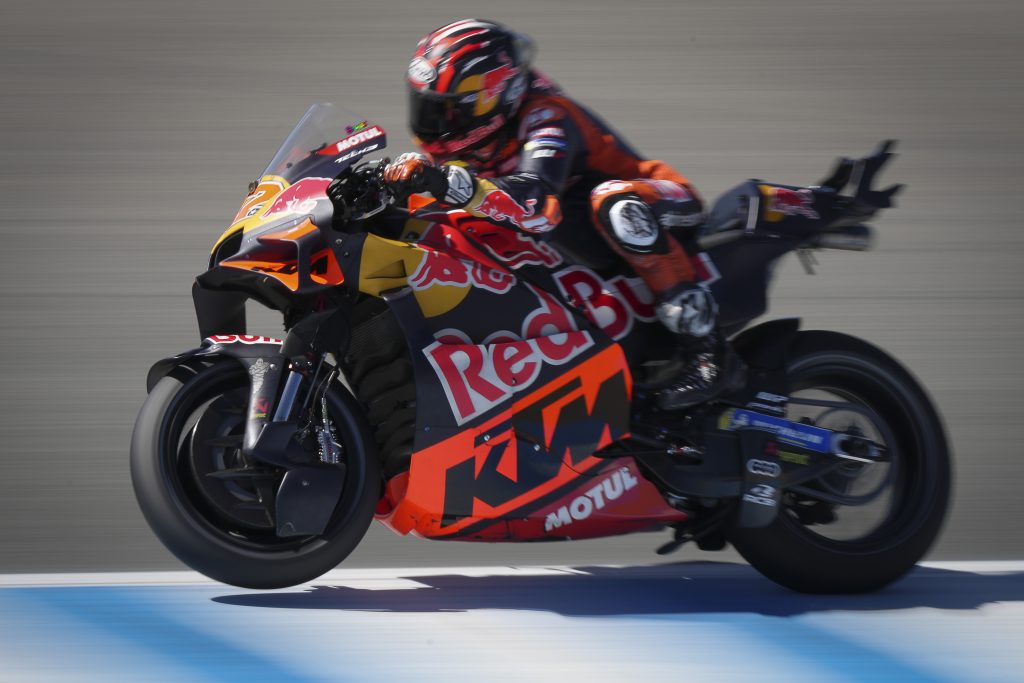
Subscribe to our Instagram Channel for instant news & updates!
When it comes to pure speed and engineering, MotoGP bikes represent the peak of what’s possible on two wheels. These are not your ordinary motorcycles, they are prototype racing machines built specifically for performance, with technology derived from both Formula 1 and aerospace innovation. So just how fast can a MotoGP bike go? Let’s take a closer look.
The Top Speed of a MotoGP Bike
Modern MotoGP bikes are capable of reaching incredible speeds of over 360 km/h (224 mph).
The current record was set by Jorge Martín (Ducati) at 364.8 km/h (226.4 mph) during the 2022 Italian Grand Prix at Mugello which is a track famous for its long, fast straight. To put that into perspective, a MotoGP bike can outrun most supercars and accelerate up to 100 km/h faster than a Formula 1 car.
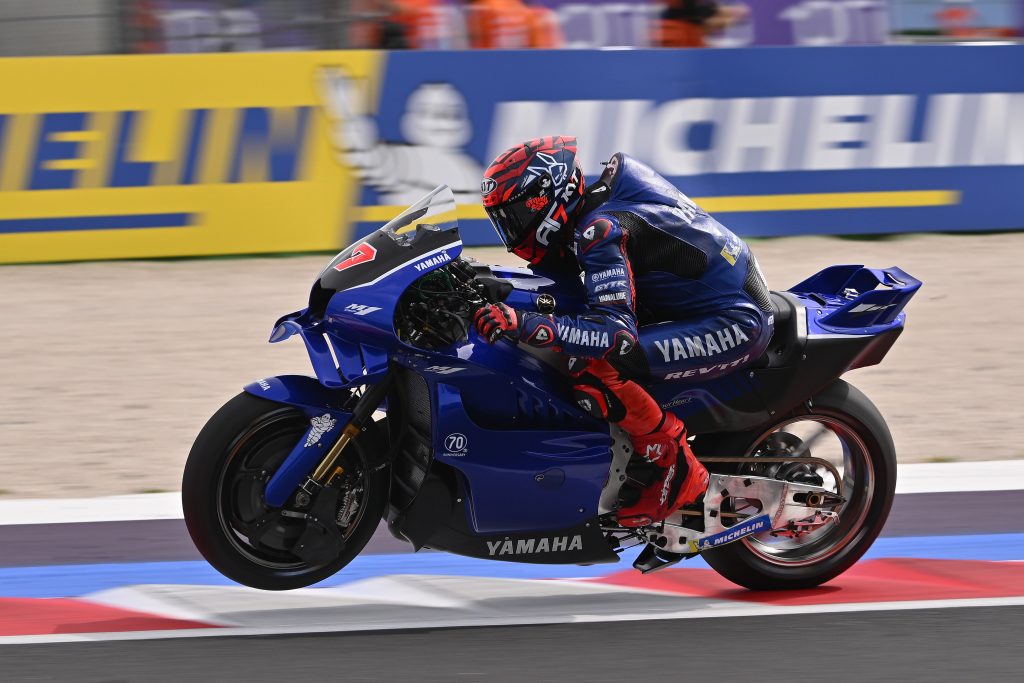
Unbelievable Acceleration
A MotoGP machine can accelerate from 0 to 100 km/h in just 2.6 seconds. That’s quicker than a Ferrari or McLaren road car. Thanks to its lightweight carbon components, advanced electronics, and powerful engines, these bikes deliver explosive power almost instantly. But what really makes them impressive isn’t just acceleration, it’s how riders control that speed while leaning at over 60 degrees through corners.
How Powerful Are MotoGP Engines?
The current MotoGP class uses 1000cc 4-stroke engines capable of producing around 260–300 horsepower. Each engine is a masterpiece of precision that could rev up to 18,000 RPM, with every component built from high-performance materials like titanium and carbon fiber. Despite this extreme power, each bike weighs only around 157 kilograms. That’s an insane power-to-weight ratio and it’s equivalent to a rocket on wheels.
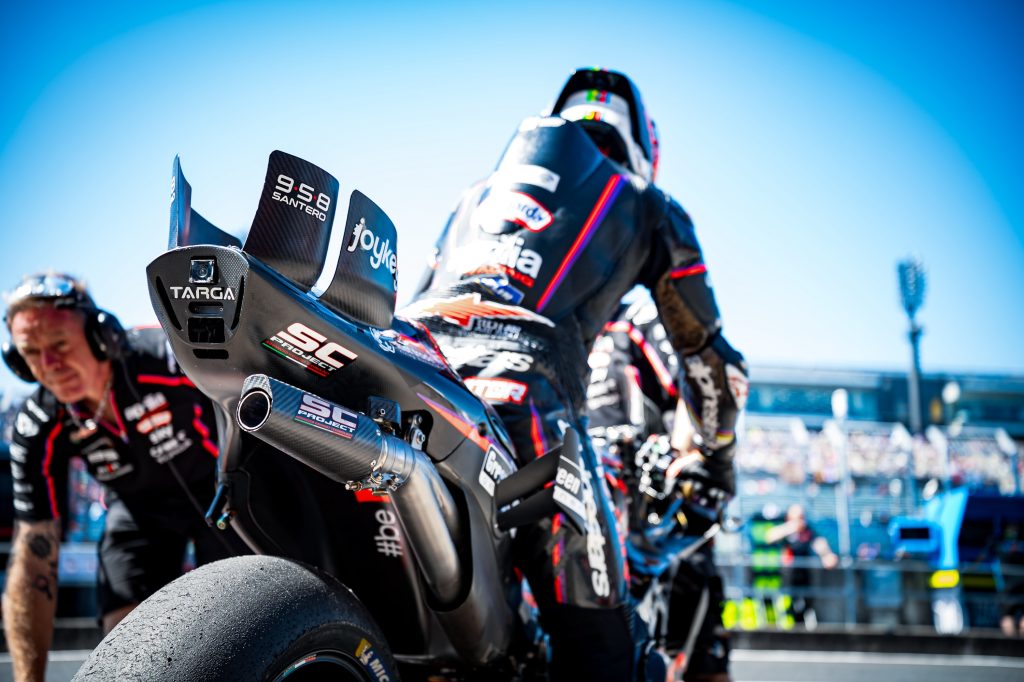
Aerodynamics: The Secret Behind Speed
In recent years, aerodynamics has played a huge role in how fast MotoGP bikes have become.
You’ll notice the distinctive winglets on Ducati, Aprilia, and KTM machines and these are not for looks. They are able to generate downforce, helping to keep the front wheel planted during acceleration and improving stability at high speeds. Teams also use wind tunnels and 3D simulations to fine-tune every surface for maximum efficiency just like in Formula 1.
Braking and Cornering: From 360 km/h to Zero
While straight-line speed is impressive, MotoGP riders also face the challenge of braking from 360 km/h to 100 km/h in just a few seconds. The carbon brake discs can reach temperatures above 800°C, allowing riders to slow down with incredible precision before diving into corners. Combined with Michelin racing tires, riders can lean the bike up to 63 degrees which is nearly scraping their elbows on the asphalt while maintaining total control.
How MotoGP Speed Compares to Other Classes
| Category | Engine Capacity | Top Speed | Power |
|---|---|---|---|
| MotoGP | 1000cc | 360+ km/h | 260–300 hp |
| Moto2 | 765cc (Triumph) | 295 km/h | 140 hp |
| Moto3 | 250cc | 245 km/h | 60 hp |
MotoGP bikes clearly stand at the top of the performance pyramid. They are not only faster but also equipped with more advanced electronics and aerodynamics.
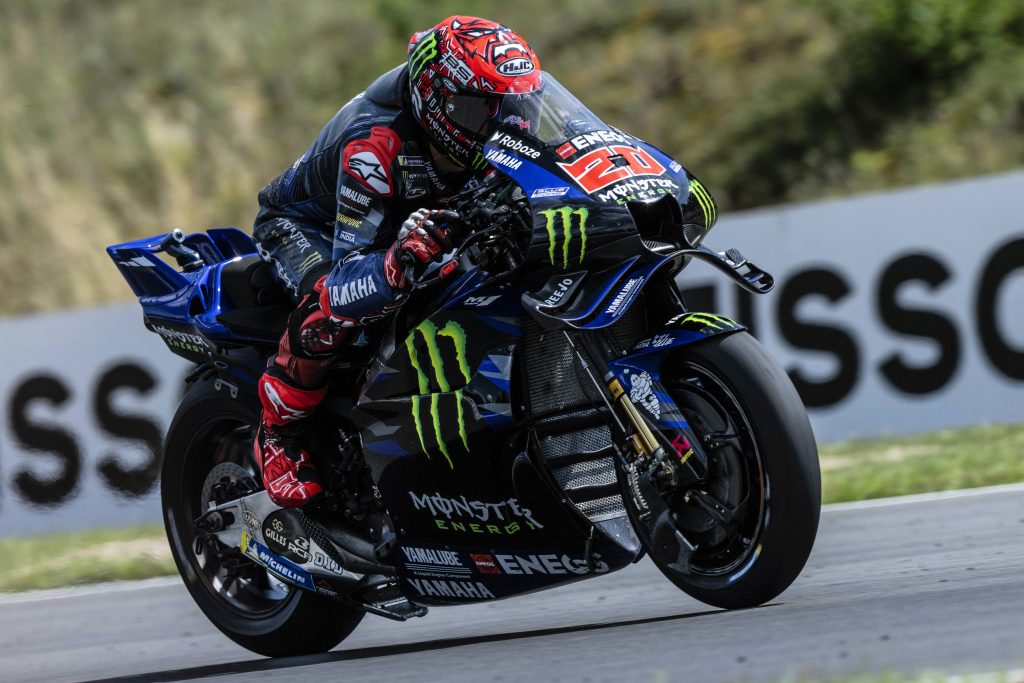
The Tracks Where MotoGP Bikes Reach Their Fastest Speeds
Not every track allows riders to hit maximum velocity. Circuits like Mugello (Italy), Losail (Qatar), and Red Bull Ring (Austria) are known for their long straights where bikes can unleash their full potential. In contrast, technical circuits like Sachsenring or Assen emphasize cornering ability and agility more than outright speed. Not forget to mention the Sepang International Circuit (Malaysia) too.
Technology That Makes It Possible
The incredible speed of MotoGP bikes comes from cutting-edge technology such as seamless-shift transmissions that helps to reduce power loss during gear changes. Besides that there is also traction control and wheelie control systems for maximum acceleration. There is also carbon fiber brakes, aero fairings, and lightweight chassis designs, and finally there is ECU electronics that help to optimize fuel delivery and throttle response for every lap. Each manufacturer from Ducati and Yamaha to Honda and Aprilia continuously refines their technology, pushing the limits of speed and stability every season.
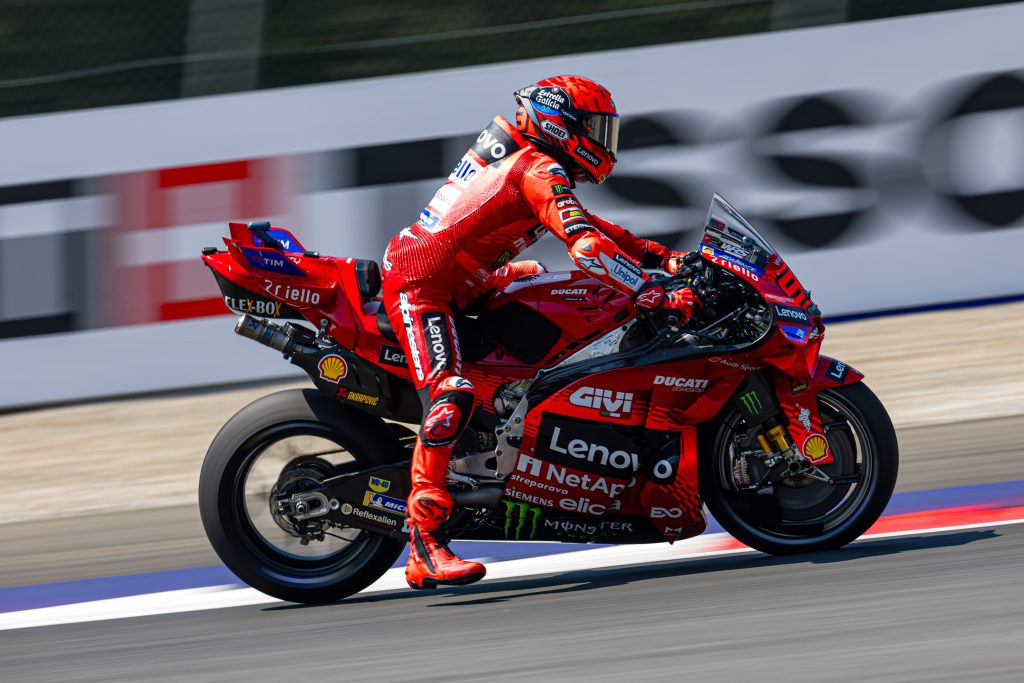
How Riders Handle Such Extreme Speed
At speeds exceeding 350 km/h, riders experience wind pressure strong enough to lift their helmets and shake their heads violently. That’s why aerodynamic suits and helmets are specially designed to reduce drag and keep riders stable. Their physical strength, focus, and reaction time must be world-class and even the smallest mistake at that speed can end a race in an instant.
Conclusion: The Pinnacle of Motorcycle Speed
MotoGP bikes are the fastest, most advanced motorcycles ever built, combining raw power, precision engineering, and fearless riding skill. With speeds of over 360 km/h, acceleration that defies belief, and aerodynamics that rival fighter jets, these machines truly define the cutting edge of motorsport technology. Every time the lights go out, riders are not just racing each other, they’re racing the limits of physics itself.




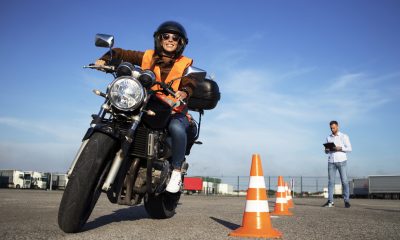
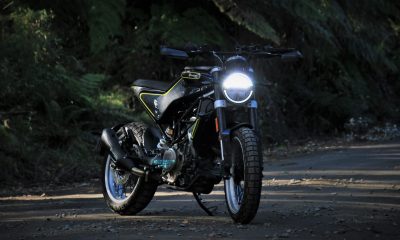




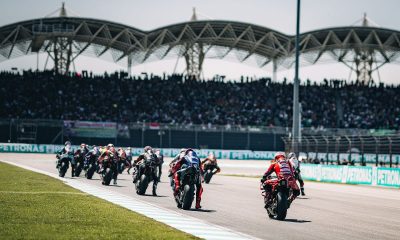
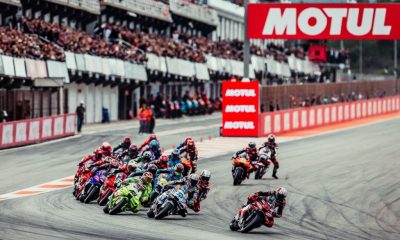
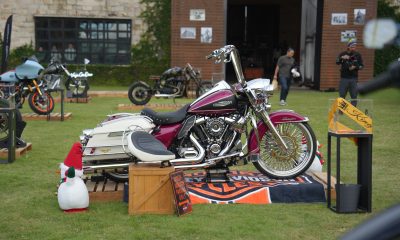
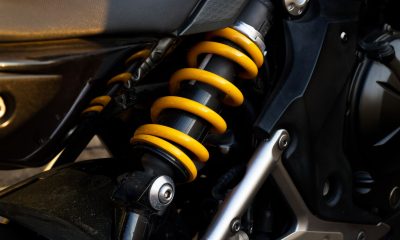
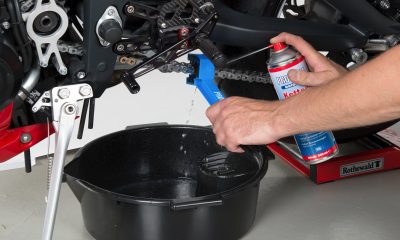
















Facebook
Instagram
X (Twitter)
YouTube
LinkedIn
RSS